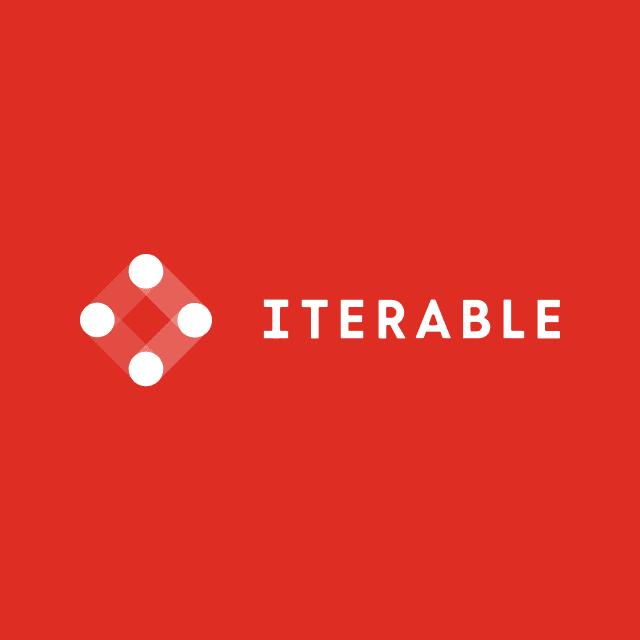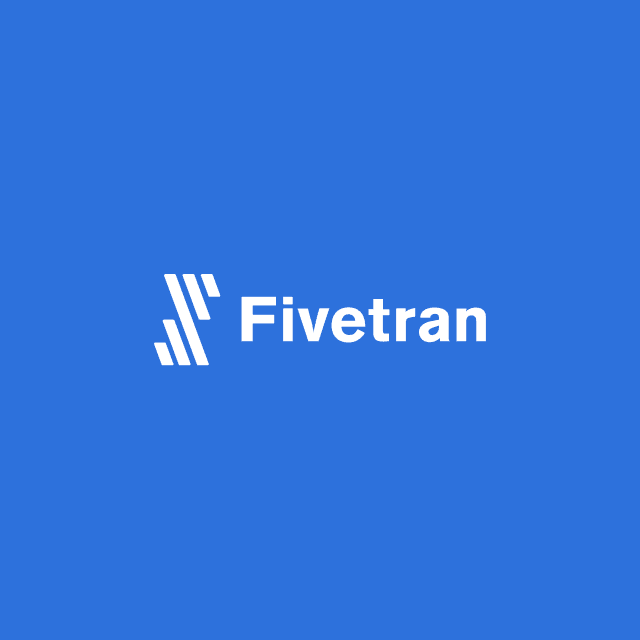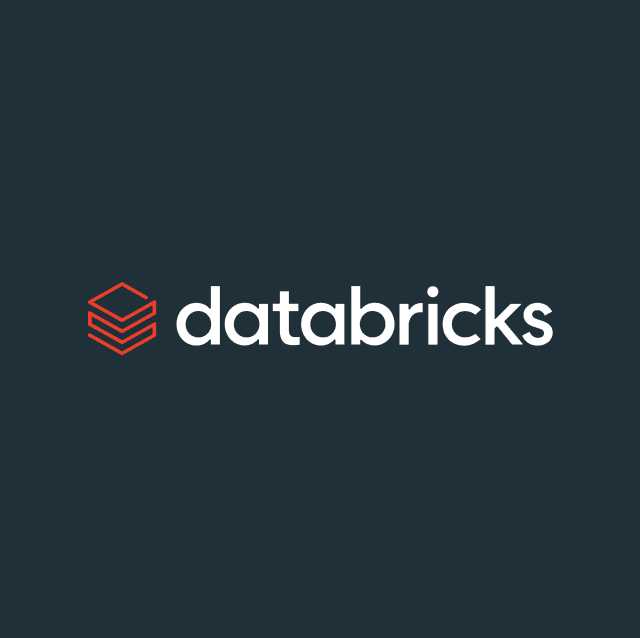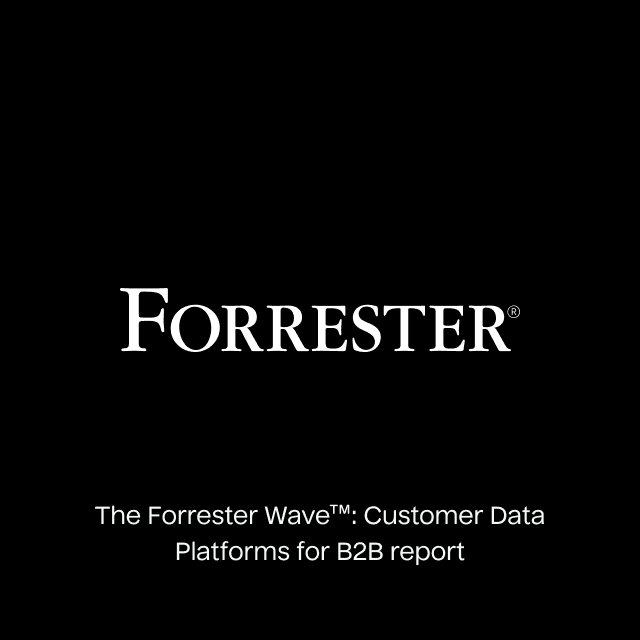If you work in data or marketing, there's a good chance you've stumbled across the term "MarTech stack." It’s a term that's grown in popularity due to the rise of AI and the sheer number of tools and technologies now available.
This blog post will cover:
- What a MarTech stack is
- Typical components of a MarTech stack
- How a MarTech stack works
- How to build a MarTech stack
- Users of the MarTech stack
What is a MarTech Stack?
MarTech stands for “marketing technology,” which refers to a collection of tools and technologies that can work in unison to streamline your marketing use cases and automate and optimize your processes to drive revenue for your business.
A MarTech stack provides massive benefits to your business. It provides the tools to increase productivity, saving time and resources. The data you collect from all your tools gives you complete insights into all your customers so you can make better decisions and enhance the user experience by delivering better personalization.
How Does a MarTech Stack Work?
Although a MarTech stack encompasses quite a lot, not every tool in your MarTech stack could (or should) be classified as a marketing tool. A large portion of the tools in a MarTech stack are not marketing-related.
However, once you’ve blocked out all of the noise, the ultimate goal of your MarTech stack should be to drive business outcomes that move the needle. For most companies, this means increasing personalization and driving revenue.
Architecturally, that means that if you could only adopt two technologies to power your MarTech stack, you’d need to focus on data collection and activation.
- Data collection refers to the you have about your customer and the solution where it is stored and managed. For most companies, this is a data warehouse.
- Data Activation refers to taking your customer data and pushing it to your operational tools.
With a MarTech stack, you’re essentially synthesizing your customer insights and pushing those insights back out to your operational tools so your business teams can take action and deliver personalized experiences to your customers.
Typical Components of a Marketing Stack
Because the term “MarTech” is so broad, actually understanding the typical tools and components that fall into a MarTech stack is rather difficult because it covers a wide range of use cases from data management, analytics, marketing, advertising, and even operations.
Data Management
Data management is the backbone of any MarTech stack. This is where all of your customer data is stored and processed. The three most important tools in this category include the following:
- Data Warehouse: A platform that houses your customer data and allows you to perform analytics workloads across structured, semi-structured, or unstructured data. Examples include Snowflake and Databricks.
- Customer Data Platform (CDP): Provides a centralized platform to collect, store, model, and activate your customer data. Examples include Hightouch, Segment, and mParticle.
- Customer Relationship Management (CRM): Manages a company’s interactions with current and potential customers, focusing on customer retention and sales growth. Examples include HubSpot and Salesforce.
Analytics
Analytics in a MarTech stack provides insights into marketing performance to power analytics and attribution so you can make informed decisions.
- Reporting and Analytics: Offers detailed insights and reports on marketing activities, customer behavior, and other key performance indicators. Examples include Google Analytics, Looker, and Tableau.
- Marketing Attribution: Helps identify the touchpoints in the customer journey that contribute to conversion. Examples include Google Attribution and HubSpot Marketing Hub.
Marketing
Marketing tools in a MarTech stack streamline and enhance various marketing processes like campaign management to customer engagement.
- Lifecycle Marketing Tools: Automates marketing messages based on the customer lifecycle stage to ensure relevant and timely engagement. Examples include Iterable and Braze.
- Email Service Provider (ESP): Facilitates email campaign management, including sending, tracking, and reporting of emails. Examples include Klaviyo and Mailchimp.
- Social Media Management: Manages, schedules, and analyzes content across multiple social media tools. Examples include Buffer and Hootsuite.
Advertising
AdTech tools help manage and improve digital advertising, from targeting to performance analysis.
- Demand Side Platform (DSP): Enables advertisers to automate purchasing digital ad inventory across multiple platforms. Examples include The Trade Desk and DV360.
- Data Management Platform (DMP): Collects and manages data to create targeted audience segments for advertising. Examples include Amobee and Lotame.
- Data Onboarding Platforms: Converts offline or external data into a digital format and links it with online identifiers to help create a Customer 360. Examples include LiveRamp and Hightouch.
- Supply-Side Platforms (SSPs): Enables publishers and digital media owners to manage, sell, and optimize available inventory (ad space) in real-time. Examples include Google Doubleclick Ad Exchange, PubMatic, and 33Across.
Content and Website
Content and website management tools help craft and sustain digital presences, facilitating everything from content creation to site optimization.
- Search Engine Optimization (SEO): Helps improve search engine visuality through keyword research, site audits, link-building strategies, and performance tracking. Examples include Ahrefs and Moz.
- Content Management System (CMS): Allows you to create, manage, and change content on a website without technical knowledge. Examples include Wix and WordPress.
- Data Asset Management (DAM): Stores, organizes, and retrieves media and manages digital rights and permissions. Examples include MediaValet and Bynder.
Operations
Operations technology helps streamline marketing team workflows, ensuring tasks are efficiently organized, tracked, and executed for peak performance.
- Project Management: Helps plan, execute, and monitor projects, facilitating team collaboration and task management. Examples include Asana and Clickup.
- Human Resource Information System (HRIS): Manages employee data, payroll, and benefits, often including performance management features. Examples include Rippling and BambooHR.
- Accounting Software: Manages financial transactions, generates financial statements, and ensures compliance with accounting standards. Examples include QuickBooks, Xero, and Sage.
How to Build a MarTech Stack?
While there is no such thing as an easy technology solution, building it correctly is critical in saving time and money. These steps will help direct you in the right direction when building your MarTech stack.
- Define Your Needs: To select the right MarTech tools, you need to understand your marketing objective, the daily challenges your team faces, and the maturity of your data infrastructure. Whether you’re automating emails to improve user activation or streamlining your data analysis tasks, your choice of technology should align with your marketing strategy, your team's needs, and the scale of your operations. You also need to consider the domain expertise and skill sets within your business, as if you’ve already spent a large amount of time and money, it may not be feasible to take on new or replace old tools.
- Audit Your Existing Tools: Before you actually purchase any new technology, you first need to take stock of all your existing tools. An audit like this will reveal unused tools you should eliminate to cut costs or ones that need to be reintroduced. You can also find out what tools generate the most revenue and are used the most. You can either ignore these due to their positive impact or investigate for better alternatives.
- Establish your Budget: Understanding your marketing budget should be worked out by your tool's potential return on investment. If you can clearly demonstrate the cost savings, revenue creation, or lead generation, there’s a clear justification for the new tool. You should never just adopt a new tool without spending time on its value.
- Evaluate New Tools: Prioritizing scalability and flexibility when selecting tools for your MarTech stack ensures they can grow with your business and adapt to future challenges. You should investigate each tool's development roadmap to ensure they are actively being worked on so you don’t pick a tool that has the risk of becoming obsolete. Picking a tool with great integration capabilities is also crucial so your tools can seamlessly share data and insights to enhance your MarTech stack's overall utility. This is why companies choose a Composable Customer Data Platform so all your tools can effectively communicate and share customer insights.
- Implement Your Tools: One important factor when selecting the right tools for your business is the implementation time. You don’t want to get stuck in long POCs that delay getting value. You should consider tools that either plugin or integrate with your existing infrastructure, e.g., a Composable CDP, so POC time is vastly reduced and you can get started as soon as possible.
- Train Your Team: If you find unused tools during your audit, it highlights that your team may require training. You can appoint a team champion who masters the tool and can offer demonstrations or one-on-one guidance. You also have the option to leverage the tool’s customer service options for live training sessions or use its comprehensive help center so you’re getting the maximum out of your MarTech stack.
Users of the MarTech Stack
While the term “marketing” is implied in the context of a MarTech stack, the users of MarTech range from marketing operations, performance and growth marketing, product marketing, sales, customer success, and even operations.
- Marketing Operations: One of the key roles of Marketing Operations is to help run effective campaigns by managing and monitoring marketing campaign performance. They support the marketing team by getting the relevant data and customers into the end-user tools. They also look to automate tasks and workflows for all teams via tools within the MarTech stack.
- Performance & Growth Marketing: The role of performance and growth marketing is to help drive business growth within a business through multiple marketing channels. They look at running personalized emails and advertising campaigns. They harness customer data to glean insights to make data-driven decisions to optimize campaigns and marketing funnels.
- Product Marketing: Product marketing helps identify market opportunities, define product features, and ensure successful product launches. Product Marketing looks to collect customer feedback and analyze that data to inform new products, improve existing products, or produce relevant content to educate customers on features they aren’t using. It also looks to improve its content process by centralizing content in a CMS and social strategy in a social media management platform.
- Sales: The role of sales is to help reduce the friction in the sales process and provide the sales team with the data they need to be successful. They also try to automate the sales process to make it frictionless and provide up-to-date information to make the sales team's tasks easier. Sales operations also work on providing vital information on customers where there is a risk of churn and where there are opportunities to maximize revenue retention. They help to provide the right data to the sales so they can tailor the sales process to the customer in the right way that will influence their buying decision.
- Customer Success and Operations: Customer success helps build strong relationships with customers by supporting them in achieving their goals. They use tools within the MarTech stack to automate responses to customers and manage customer problems. They also can see data such as churn score or key accounts so that support can be prioritized. Operations help to streamline and optimize various processes to make them more efficient. They’re also tasked with reducing churn, identifying new opportunities, and fostering partnership growth.
MarTech Stack Example
There’s no such thing as a perfect MarTech stack. Technologies will differ from industry to industry and company to company based on your domain expertise and existing toolsets. For example, if you’re a Microsoft customer, you’ll likely stay within that ecosystem. However, the categories of tools remain the same across verticals and industries. With that in mind, here’s an example of a marketing stack with industry-leading tools within each category.

- Data Warehouse: Snowflake, Databricks
- Ad Platform: Google Ads, Facebook Ads
- Analytics: Looker
- CRM: Salesforce
- Customer Sucess: Zendesk
- Email Marketing: Iterable
- CMS: WordPress
- Marketing Automation: Marketo
- Internal Communication: Slack
- SEO and Content Optimization: Ahrefs
- Social Media Management: Buffer
- CDP: Hightouch
- Livechat: Intercom
- Webinar and Event Management: Zoom
- Payments: Stripe
- Product Experience: Pendo
Final Thoughts
Building your MarTech stack is an ongoing process and shouldn’t be forgotten once you have the necessary tools. You should review it constantly to ensure the selected tech tools are still fit for their purpose and to check if better technology has been released since.
Customer data underpins your MarTech stack's performance. That’s why many companies are moving to a Composable CDP to make taking action on your data effortless. If you want to learn how to get started with a Composable CDP, book a demo to learn how Hightouch can help you get started.















